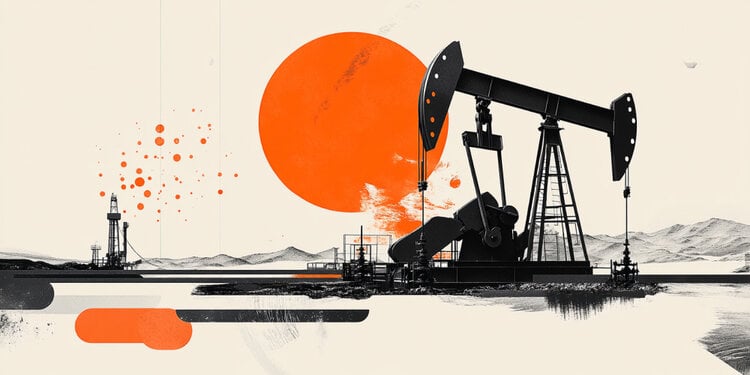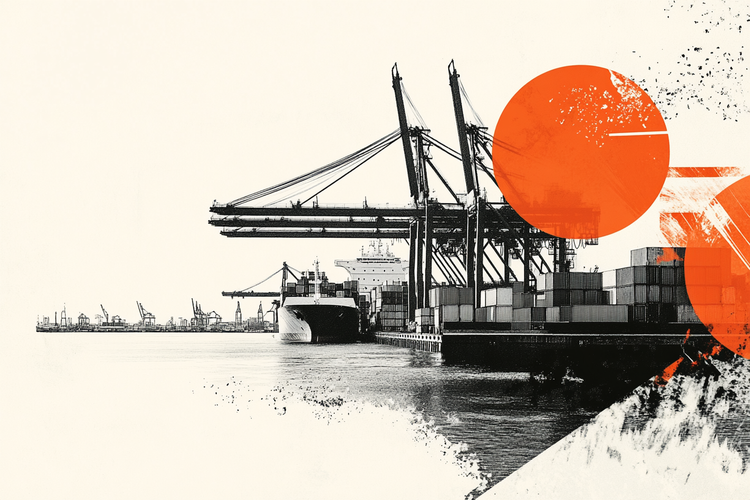Ancient buildings are reemerging nearly 45 years after the village of Kallio disappeared underwater beneath Lake Mornos in central Greece.
After a winter with almost no snow, a summer of severe heat waves and months of little rain and severe drought across much of Greece, the huge artificial lake that supplies water to nearly half of the Greek population is at its lowest level in decades.
“Day by day, the water is decreasing,” said Dimitris Giannopoulos, mayor of the municipality of Dorida, adding that nothing similar had been seen in 33 years.
The lost village of Kallio was flooded in 1980 to create the lake, with the aim of meeting the water needs of the country’s capital, approximately 200 km away.
See images of the village:
Greece’s arid Mediterranean climate has made the country particularly susceptible to the effects of global warming, which has exacerbated summer wildfires, including those that raged around Athens last month.
Scientists say extreme weather conditions linked to climate change are causing the lake’s level to drop.
Giannopoulos fears that if there is not enough rain and snow in the coming winter, the situation will get worse.
The mayor of the municipality of Dorida points to Mount Giona rising above the lake, which used to be covered in snow. Last winter was the warmest on record in Greece.
On the lakeshore, the trees have turned yellow. He said wells in the area are drying up and neighboring villages, which do not draw water from the lake, have suffered water cuts this summer.
A local fire chief said the risk of wildfires increases as forests become drier.
Former residents of Kallio were surprised to see the village again, but saddened by its state.
The lake’s surface area has shrunk from approximately 16.8 square kilometers in August 2022 to 12 square kilometers in 2024, according to satellite imagery released by the National Observatory of Greece.
Water reserves in the region and in the three other reservoirs that supply Attica, a region of about 4 million people that includes Athens, fell to 700 million cubic meters in August, compared with 1.2 billion cubic meters in 2022, according to the Environment Ministry.
Athens’ state water company EYDAP said it had started supplying additional water sources to the network.
This content was originally published in Submerged village reappears in Greece after severe drought; see images on the CNN Brasil website.
Source: CNN Brasil
Bruce Belcher is a seasoned author with over 5 years of experience in world news. He writes for online news websites and provides in-depth analysis on the world stock market. Bruce is known for his insightful perspectives and commitment to keeping the public informed.







